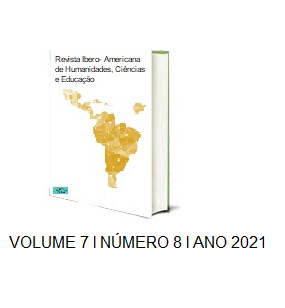A IMPORTÂNCIA DAS MANCHAS DE SANGUE EM LOCAL DE CRIME: ASPECTOS PERICIAIS
DOI:
https://doi.org/10.51891/rease.v7i8.1880Keywords:
Forensic Medicine. Bloodstains. Criminal Expertise.Abstract
Civil society has had conflicts since past times, within a sociological point of view crime represents a normal and functional phenomenon, despite the fact that the crime rate rises from a breakdown in the normative order spreading social disorganizations, in this context the Judiciary collaborates in the fight against criminality seeking judicial solutions to the most common crimes, the establishment of criminal expertise gains legal support, and is consolidated as a method of investigating evidence in criminal environments, in this wake the hematic traces, are samples most frequently analyzed, taking into account since blood is a living tissue made up of a cellular structure capable ofconducting individual identification, in the forensic context this characteristic is properly explored, given the relevance of blood stains at the crime scene in this parameter this present work is dedicated to discuss in the main aspects, the adopted methodology cons I was in consultation with two master's theses, where the authors bring up the main aspects of the theme.
Downloads
Downloads
Published
How to Cite
Issue
Section
Categories
License
Atribuição CC BY

